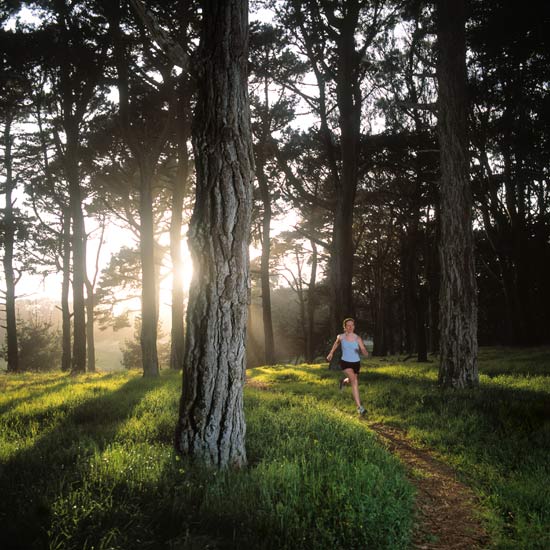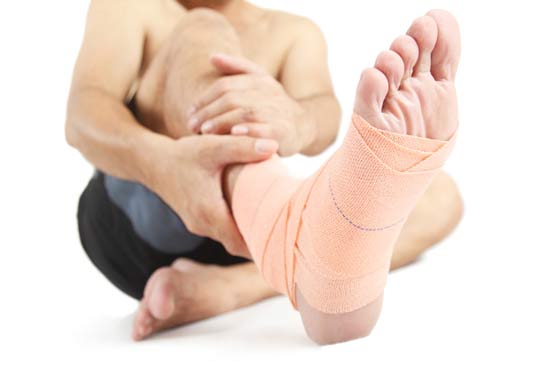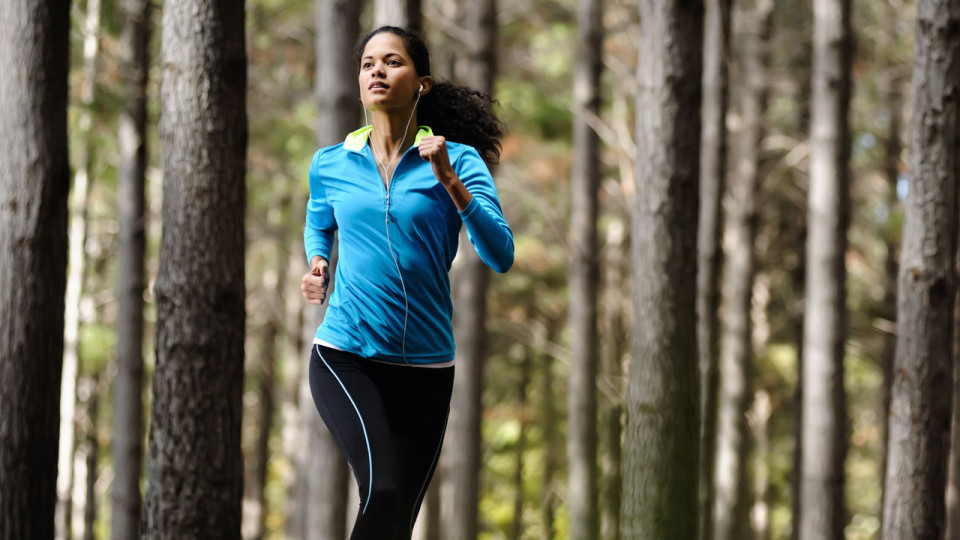Last month saw the North Face 100 trail run take place in Singapore, and on November 25th, many of you will participate in the Salomon X-Trail Run.
For me, this is what running is all about. It’s a chance to escape from the concrete jungle and return to nature, and it provides the opportunity to run in an environment closer to that in which humans evolved to run. Whilst running in the natural environment can be great for the mind and soul, it is also potentially good for the body!
Trail running provides the body with a very different experience from road running and should therefore form part of every serious runner’s training programme. Every time your foot strikes the ground during running, the impact causes forces to be absorbed by the body’s joints. The harder the running surface, the greater the forces absorbed by your body.
Over time, these forces can cause wear and tear to the body’s tissues resulting in injury. Trail surfaces tend to be softer than most man-made surfaces and running on them tends to have less impact on a runner’s body, which can lessen the risk of overuse injuries.

Running is a very repetitive action. This means that whilst running we place the same forces on the same areas of the body over and over again. This tends to happen more so with road running which usually involves running predominantly in a straight line. Trail running tends to be much more varied, given that trails often have a mixture of gentle and sharp bends. There are often roots or other obstacles which require the runner to side-step or change the stride length in order to avoid them.
The changes in direction and stride length vary the forces placed on the joints and muscles and prevent the runner from continuously overloading any one specific area of the musculoskeletal system. Challenging terrain can also be good for the mind.
As you are running a trail, you have to constantly assess the terrain ahead of you, keeping the mind occupied and engaged. This becomes a form of meditation, where your mind is wholly involved in the task at hand.
If you are a runner putting in a high number of miles for a longer event such as a marathon, you should perform at least some of your training miles off-road. This will lessen the cumulative impact forces experienced by your body. However, there are some advantages to doing some road running if training for a marathon, given that most marathons take place on roads.
If you perform all your training miles off-road, you may find that your body is not strong enough to deal with the impact of road running come the day of your marathon. Also running on hard surfaces tends to be faster than running on softer surfaces. As with many aspects of training, it’s ultimately about getting the balance right. I would recommend that if you are training for road races, you should perform 50% to 80% of your miles off-road.
Taking precaution
Whilst off road training can be interesting and may decrease the risk of developing overuse injuries, there is a greater risk of traumatic type injuries from falls or from twisting one’s ankle. If a runner has a history of spraining their ankle in the past, there is an even higher risk of spraining it again. This is because spraining your ankle affects the proprioception in your ankle joint.
Proprioception is the brain’s ability to tell where the body’s joints are located in space. There are special nerve-endings in muscles, joints and ligaments which detect movement. These often become damaged in the ankle when it is sprained. This affects the ability to maintain stability of the ankle when running or walking, particularly on uneven surfaces.
The good news is that it is often possible to improve proprioception by performing balancing exercises. If you are not experienced at running off-road, or you have a history of ankle sprains, it is strongly advisable that you do some proprioception training before running on more challenging surfaces. Look out for my next article in which I will provide advice on how to train the proprioception of your ankles and lower limbs.

Leaping into Trail
If you haven’t done any trail running before and you would like to give it a go, I suggest that you start with less technically challenging terrains in good light conditions.
As you build your experience and grow more comfortable with uneven surfaces, you can progressively try more challenging routes, such as the trails at Macritchie Reservoir, which I certainly wouldn’t recommend for first-timers!
Whilst not all residents in Singapore have the convenience of a nearby trail, trail running is rewarding and it is definitely worth the effort of making your way to a trail at least every now and then, if only to experience the joy of running close to nature.
Happy running!





